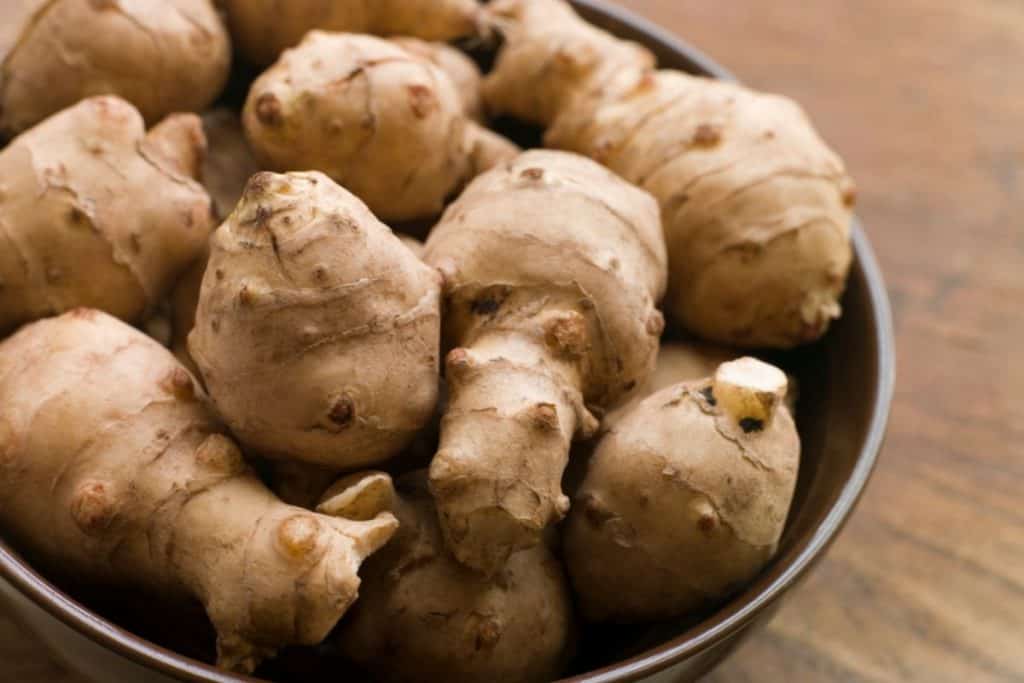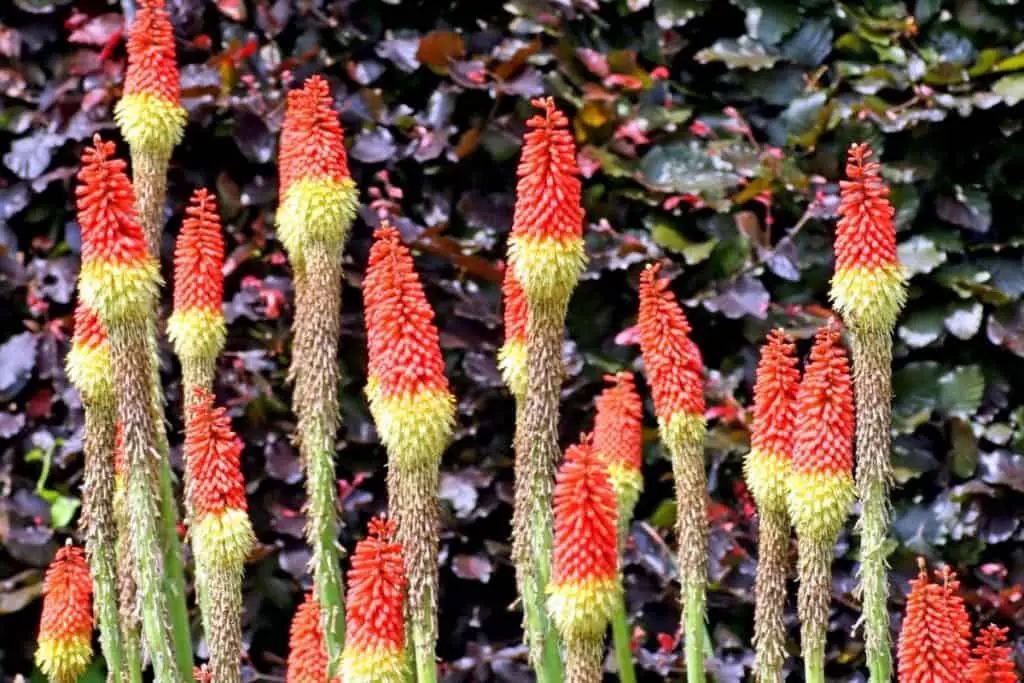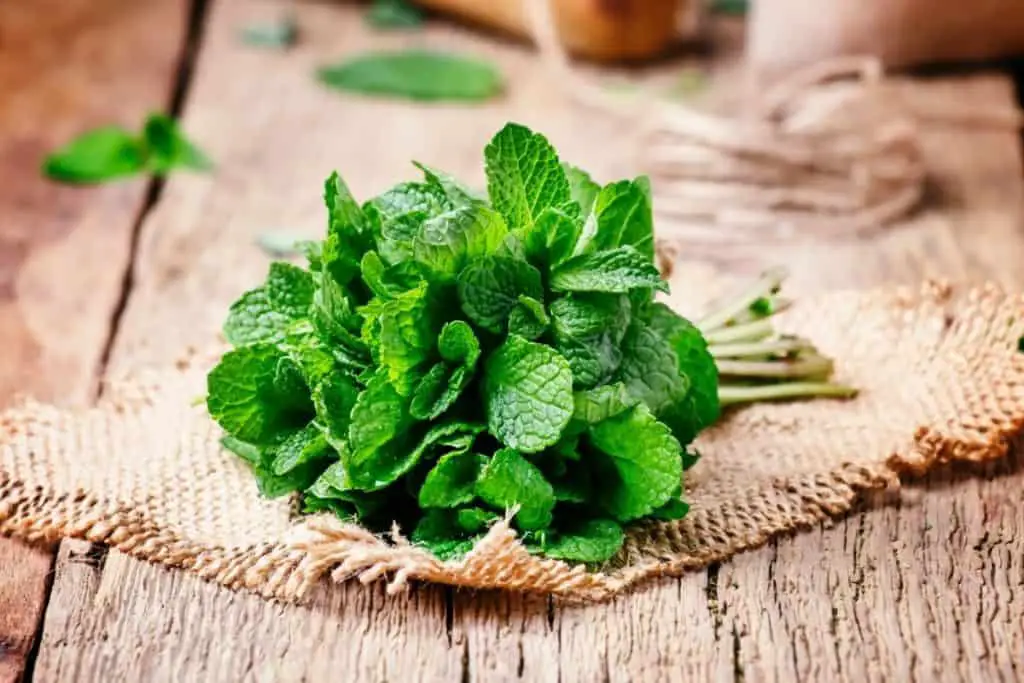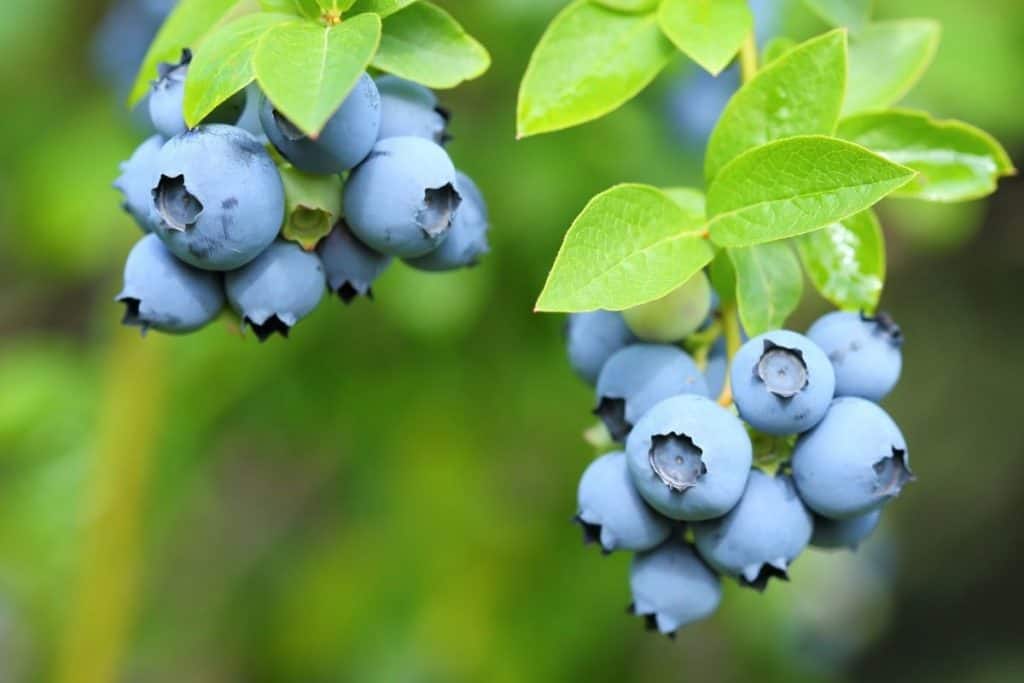9 Best Permaculture Plants In 2022!
Looking for all the best permaculture plants to keep your garden and the environment happy?
So, you’ve decided to start gardening smarter, not harder. You’re aware that some of the plants you’re growing right now aren’t just difficult to maintain and keep healthy, but aren’t even that great for the environment either!
So, it’s time to rethink some of those green little guys you keep around in your yard. You want plants that don’t just look great, but you also want to be able to use them for other things, be that cooking or medicine.
Or you want them to do some good back for your garden, giving some nutrients back to mother nature.
Well, look no more! Here are 7 different kinds of permaculture plants that you’ll wish that you added to your garden long ago!
DISCLAIMER
Some of the links on here are affiliate links and I may earn if you click on them, AT NO EXTRA cost to you. Hope you find the information here useful! Thanks.
Related Articles:
- The Essential Guide to Permaculture Animals
- How to Start Your Own Permaculture Vegetable Garden
- Best Vegetables To Grow In Raised Beds: 11 Delicious Crops!
- 7 Best Vegetable Gardening Books For Beginners In 2022!
- Permaculture Flower Garden – Benefits of an Organic Garden
- Permaculture Gardening for Beginners – How to Get Started
Build raised beds instantly for your permaculture plants with this metal raised bed kit!

9 Best Permaculture Plants in 2022
Comfrey
For a plant that can cover a whole range of functions, the comfrey is a little green piece of vegetation that will go wonderfully in gardens that you’re trying to make a little more eco-friendly.

Not to be confused with the similarly named wild comfrey, which is from a completely different family of plants, the comfrey is a fast-growing plant that can grow in a variety of soils. No permaculture garden or yard should be complete without them.
The main reason that you’ll want to try and grow this plant is for its large, broad leaves.
They can be broken down and used in any number of animal feeds you might need, as well as being turned into mulch to help fertilize the soil around other plants you want to grow green and strong.
Just be careful when trying to this little plant. The roots can grow back from pretty much nothing, so make sure you definitely have the whole plant before you finish your gardening, or you’ll be in for a surprise when it shoots back out of the ground!
Adding composted comfrey to your vermicompost worm castings mix can add extra potassium for your fruiting plants and vegetables!

Mulberry
For an edible little bush to add to your permaculture plant pots, you should look to the humble mulberry bush.
Originally grown in China, this berry-producing plant is now grown all across the world, from Turkey to the United States.

Growing up over 20 meters tall in some cases, most people keep this plant down to a more manageable size.
This is a tough plant, able to grow in soils that would otherwise be too poor in nutrients to grow anything. Plus, the mulberry berries they produce can be safely eaten by people!
The berries from the mulberry tree don’t tend to be sold often, as they spoil pretty quickly once they’ve been picked. However, they do still make for a great ingredient in preservatives like Jelly, or in baked goods such as tarts.
Hazelnuts
For another shrub that can grow some tasty little treats for you, hazelnut plants are definitely something you should consider for any site where you plan on doing your permaculture gardening.

Grown in temperate climates all across the Northern Hemisphere, this is a plant you know can be grown pretty much anywhere.
It can tolerate shade really well if you’re already a little tight on new spots for saplings and other plants. It’s also a great way of separating plants that might otherwise compete for resources.
Plus, they can live well into their 40’s, so they’ll be a mainstay of your garden for years to come.
And this isn’t even mentioning the nuts they produce! They can be prepared in a whole range of ways. Eaten straight. Roasted.
Turned into powder for flour. Combined with cocoa for a nutty, Chocolatey taste. This is a plant you can really experiment with within your garden!
Churn down your hazelnuts with this nut grinder to make a nutty paste for your kitchen experiments!

Jerusalem Artichoke
For a tough little plant that you know will last in any garden, consider adding Jerusalem artichokes to your garden.

Originally grown and cultivated by Native Americans in North America, this type of sunflower vegetable plant doesn’t actually have anything to do with the city. Or even the normal artichoke plant, funnily enough!
These plants can grow pretty much anywhere, without much need for maintenance or watering outside of rainwater, making them great for anyone to start growing edible plants with.
Their stems also grow very tall and stiff, making them potential substitutes if you want to grow climbing plants, such as beans and vine tomatoes. An excellent plant for if you want your crops to grow together in harmony with each other!
Red Hot Poker Flower
For a unique-looking flower that will stand out from your other greens, the Red Hot Poker Flower looks like nothing else we’ve covered in this guide.

Originally grown in Africa, this is a perennial flower that will bloom into a beautiful, pointed flower head that can grow up to a meter and a half tall, over other grasses and smaller flowers.
Great for if you want plants of a range of heights in your permaculture project.
These plants produce an obscene amount of nectar for their size, making them very popular with plenty of pollinator species, whether that’s bees, wasps, or even bats and hummingbirds, depending on where you live.
This plant can give a major boost to any ecosystem it’s in and is definitely a great plant to grow if you want to help increase the biodiversity in your garden.
Mint
For a plant that you know will be a great provider in many ways, you’re going to want to pick up and plant a mint plant for your garden.
This family of little plants is grown all over the globe. They tend to be grown in areas around the Northern Hemisphere, but they can be grown in places across Africa and Australia as well!

Known for its distinct flavours, mint is used as an added flavour in so many things we do. It’s added to a sauce that goes great with lamb, it can be added to tea to give the brew a particularly strong taste.
It can be made into jelly for a spread that you won’t soon forget. And it’s a flavouring in so many other things we use, such as toothpaste, chocolate, chewing gum, and ice cream, just to name a few out there.
It’s also been known to help deal with irritable bowel syndrome, so it even has medicinal uses too!
Those of you who have tried to grow mint in the ground before are probably aware that this plant has a tendency to grow out of control, if not watched carefully. Even here, it has some amazing uses!
That extra mint that you find growing can be turned into a mulch for the rest of your other plants.
You’ll be surprised what other things mint can be used in!
Highbush Blueberries
For another great plant that will add to your collection of usable plants, you’ll want to check out the Northern Highbush Blueberry,
a popular berry shrub that grows across North America, from the Northeast of Canada, all the way down to Florida!

These are popular berry bushes that can be grown in moist acidic soil, that produces succulent blueberries that are succulent and juicy to the taste. It’s why this is the most commercially grown blueberry in North America.
Test the acidity of your soil with this 3 in 1 moisture, pH and sunlight test kit!

Those tasty berries also attract a good deal of wildlife, from insects to a range of small bird species, which you may or may not want to share them with.
Fortunately, they do live a long time when given the appropriate time and treatment, so there should be plenty of it to go around!
Conclusion
So, if you’re a gardener who wants to make their little green backyard a little better for the planet, then you’re not short on options. There are plenty of other plants we didn’t even get a chance to talk about!
We hope this guide on the best permaculture plants, helps you experiment with your plants to see which ones produce the best results on your journey of discovery and help out your green spaces whilst you’re at it!


![When To Harvest Jalapeños? [+Mistakes To Avoid]](https://aboveandbeyondgardening.com/wp-content/uploads/2021/10/When-To-Harvest-Jalapenos-768x512.jpg)


![How Often Should I Water My Aloe Plant? [2022 Guide]](https://aboveandbeyondgardening.com/wp-content/uploads/2021/10/How-Often-Should-I-Water-My-Aloe-Plant-768x512.jpg)

